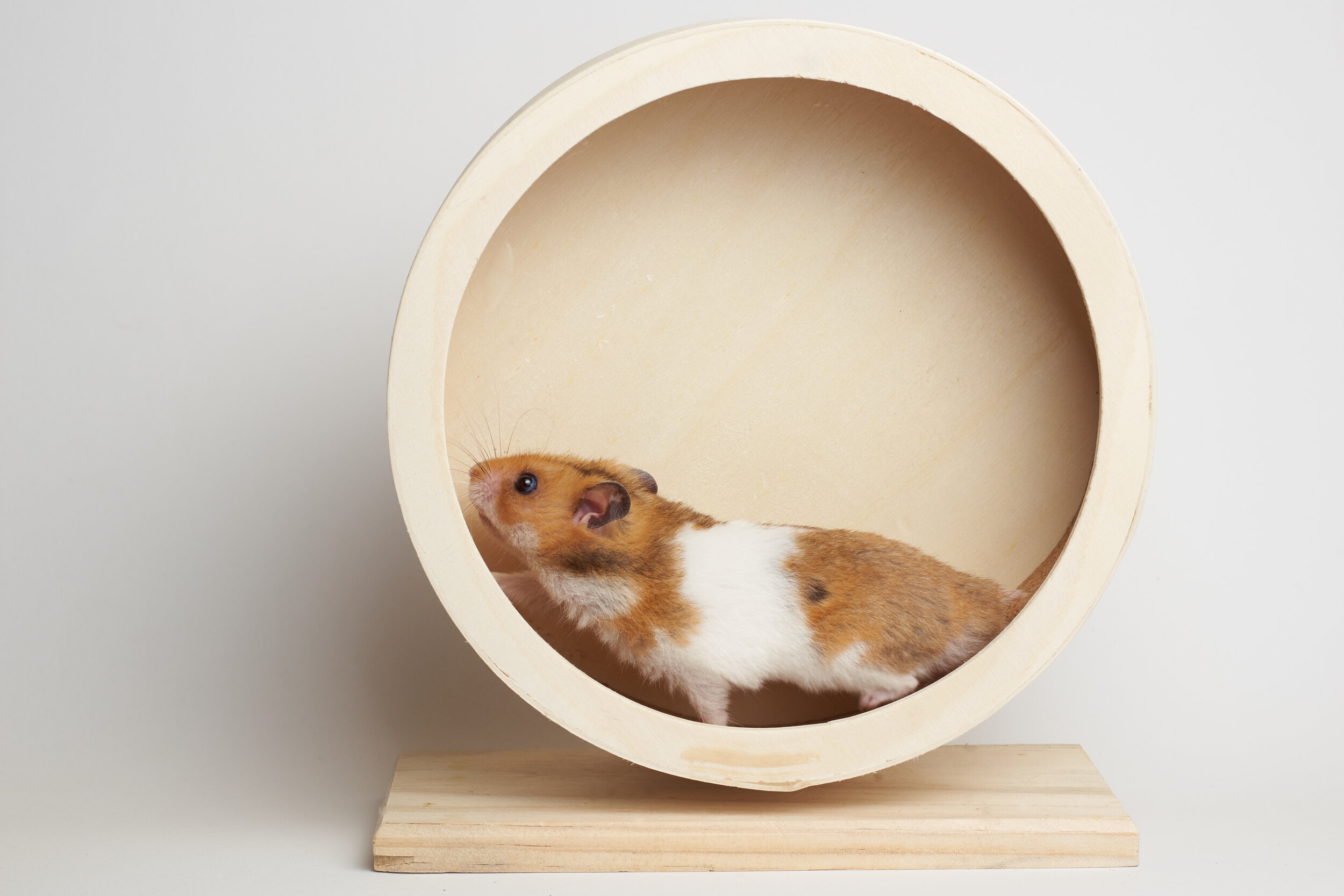
Step One
See the ‘Big Picture’
Have you ever seen an exam timetable?
Here’s one in case you haven’t.
It’s a list given to each candidate showing their candidate number, exam dates, subjects, times and rooms. Do you agree that it just looks like a bank statement?!
One of the main pieces of feedback we’ve got from parents and people who work with neurodiverse teens is that, when most teens see their exam timetable, they feel anxious because they can't see any space. That can be really overwhelming.
It looks like they’ll go from exam to exam with no space in-between. But there is space between exams, but they can’t see it; and while it’s not always a huge amount of time, there’s certainly enough time for them to revise.
Activity:
This first step is all about turning their exam timetable into their ‘Big Picture’ – essentially a calendar that covers the time between now and their final exam – that contains each of their exams written on a RED sticky-note and all the space in between.
1. Print off - or draw - the relevant months (covering the period from today until the date of your final exam) from this monthly planner template and sticky-tape them together.
2. Use a RED sticky-note for each exam on their timetable, write the name of the exam, the date, the grade they want to achieve and place it on their monthly planner.
NOTE: If your teen has more than one exam on the same day, feel free to add both exams to the same sticky-note, or they can create two and stick them to the same day on their Big Picture.
Having added RED sticky-notes for each exam allows them to see how much space they have at a glance.
This can make everything seem less overwhelming straight away. Instead of looking at a long list of exams with no gaps, they can now see that they do have time to revise. Not a lot, but enough.
3. From the moment they create their ‘Big Picture’ to the moment they take their exams, encourage your teen to cross off each day as it passes – so they can see their exams getting closer and closer AND see how much time they have left to revise.

Why is Time to Study free?
As adults, our relationship with time is broken, and we believe it starts at school, when we’re kids.
Schools teach young people that unless you're sitting at a desk you're not working. And as they move into the world of work that’s the only thing that’s valued - doing stuff.
Sure, we need to spend some time ‘doing a job’. But we also need to look at where we are going and make sure we get there - leadership.
But we also need downtime, rest.
Our mission is to create a world of better led people. While we work with organisations all over the world to eradicate accidental management, we believe the first step is to show young people that the journey to leadership begins at school - by learning to lead themselves.
If you’re curious about how the Time to Study concepts can be used to create better led people in your organisation, book a quick chat below…







